Email Workflow Automation: Everything You Need to Know
94% companies find themselves performing repetitive and time-consuming tasks, including customer inquiries and internal communications. This is where email workflow automation comes into play, offering a streamlined solution to enhance productivity and accuracy.
This post introduces everything you need to know about email workflow automation.
1: What Is Email Workflow Automation?
In essence, email automation workflows can help manage and optimize email communications. This is done by using technology to streamline repetitive tasks and personalize interactions with customers (or potential leads) to deliver timely and relevant messages automatically.
What it does for your employees and business is cut out the manual, laborious, and time-consuming task of emailing individual customers. Instead, it replaces it with an intelligent, data-driven system that triggers specific actions based on predefined conditions, user behavior, and other interactions.
In short, it saves you a lot of time, while making for a more pleasant experience for your customers.
2: How to Create Email Automation Workflow
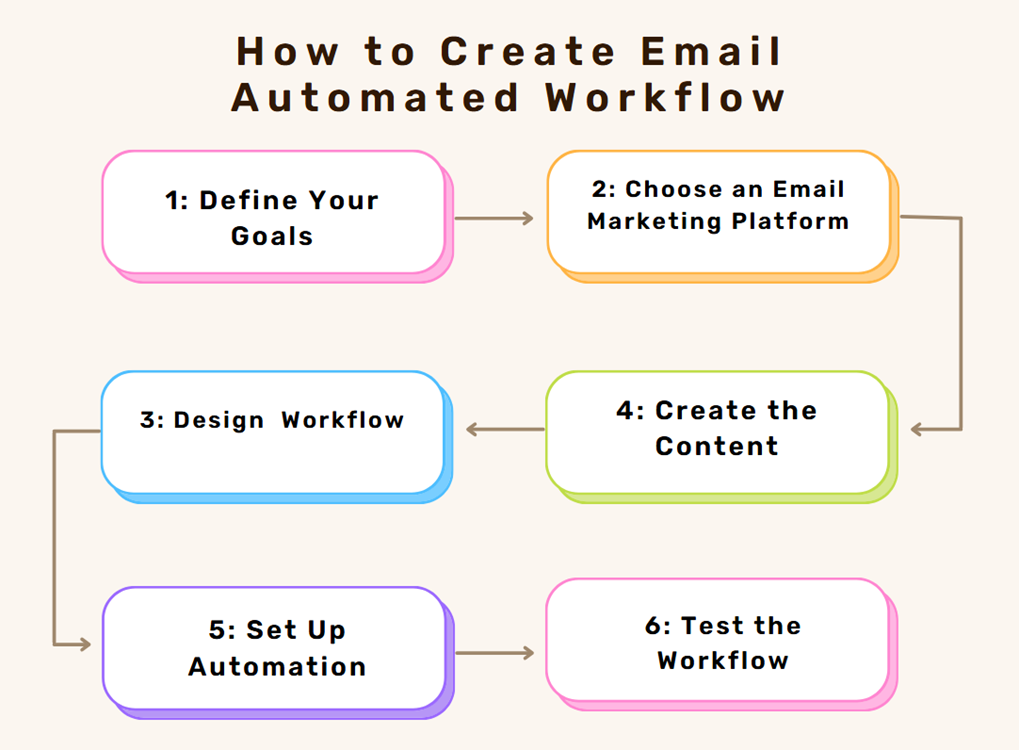
1Define Your Goals
The first step in creating an automated email workflow is identifying your ‘goals’ for the workflow. In particular, what are you hoping for your automated emails to achieve from your customer base?
For example, are you looking to improve your customer’s onboarding experience? Increase lead conversion rates? Automate your customer support team to improve efficiency?
These are possible goals when people try to use automated email workflow:
| Goals | Details | Strategy |
|---|---|---|
| Capture new leads | To attract and collect contact information from potential customers | Use lead magnets like eBooks, webinars, or exclusive content to entice visitors to share their email addresses |
| Lead nurturing | To build relationships and trust with potential customers | Send a series of personalized and informative emails that address the lead's needs and interests |
| Customer onboarding | To welcome and educate new customers about your product or service | Provide step-by-step guides, tutorials, and tips to ensure a smooth start |
| Customer retention | To keep existing customers engaged and satisfied | Send personalized offers, loyalty rewards, and regular updates |
| Sales conversion | To convert leads into paying customers | Use targeted emails with special offers, testimonials, and compelling calls-to-action |
| Brand awareness | To increase recognition and familiarity with your brand | Share company news, success stories, and valuable content |
| Event promotion | To drive attendance and engagement for upcoming events | Send invitations, reminders, and updates about events |
| Cross-Selling and Upselling | To increase revenue by encouraging customers to purchase additional or higher-tier products | Recommend related products or upgrades based on previous purchases |
Depending on your needs, the way the workflow functions will differ slightly with different action triggers, conditions, and steps.
2Choose an Email Marketing Platform
The next step is to select an email automation platform that offers robust automation capabilities to start designing and building your workflows. This isn’t an exhaustive list since there’s a plentiful selection to choose from but here are some of the most popular options:
- Mailchimp
- Hubspot
- Brevo
- Sender
- Loops
For the most part, these platforms are pretty similar when it comes to automating and email marketing so it mainly boils down to your budget, integrations with existing systems, ease of use, and specific email or automation features you’re looking for.
3Design the Workflow
Once you’ve decided on an email automation platform to build with, you can start designing your workflow for the automation. For this part, you’ll want to start by deciding on a few key factors of how your ‘decision tree’ for the automation will work.
This determines which automation is activated by select triggers/entry points, decision branches based on the user’s input, the next action steps for the automation, and exit criteria.
These are example triggers for an email workflow:
Trigger type | Example triggers | Details |
Subscriber action | Subscriber sign-Up | Triggered when a user subscribes to a newsletter or email list |
Click a link | Send a related ebook promo later | |
Download a file/application | Triggered when a user downloads a resource, such as an eBook or whitepaper | |
Cart abandonment | Initiated when a user adds items to their shopping cart but does not complete the purchase | |
Make a purchase | Wait 7 days and send a review email | |
Specific date | Birthday | Send personalized birthday email and special offer |
One-month subscriber-versary | Ask for feedback |
The good news is this process is pretty straightforward since most email automation platforms provide a visual workflow builder so it’s easy to create a logical communications journey step-by-step.
4Create the Content
Once you’ve got your workflow designed, you’ll want to start creating and formatting the ‘content’ for the workflow. In this case, you’re developing engaging, personalized content for each stage of the workflow.
Make sure that the messaging of the email automation is clear and concise and adheres to your brand voice. Try to keep it short and sweet and be careful not to overwhelm email receivers with too many call-to-actions or information.
This content should be carefully tailored and address your customers’ needs, and pain points, and ultimately drive them to take the action related to the goal of the workflow.
Besides their name and email address, utilize personalization tokens that can tailor your message to the individual. This could be tokens that pull specific information on the user, for example, their previous purchases with your business, demographic info, or past interactions with your channels.
5Set Up Automation
Now that you’ve got your workflow designed and the content for your emails, you’ll need to set up the ‘automation’. This relates to multiple aspects and really depends on the ‘goal’ of your workflow but in general you’ll want to keep a few things in mind.
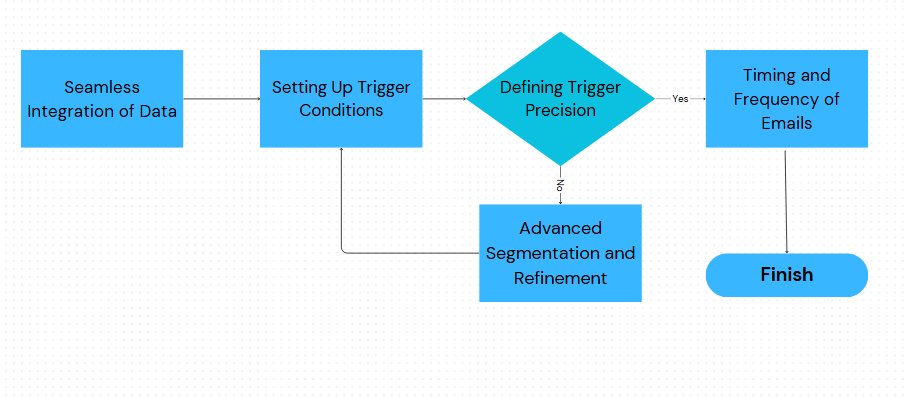
Firstly, for the most optimal automation workflow, you need a seamless integration of data from your existing systems. This can include your CRM systems, e-commerce platforms, analytics tools, existing customer databases, and lead-gen systems.
This way, your automated workflows have access to real-time and accurate customer data which personalizes your automated emails to be effective.
Next, you’ll need to set up trigger conditions for when and how these automated emails are sent. There are a bunch of different types of triggers, for example, behavioral triggers which activate when your customer abandons a cart, or interaction triggers which activate when your customers click a link or interact with a previous email.
Once you’ve activated the trigger, make sure they are precisely defined so that the next action steps are accurately executed.
Lastly, take into account the timing and frequency of your automated emails. Determine when an instant email is required or whether you need a delayed sequence for follow-ups.
Once you’ve got an established automated workflow, look into incorporating advanced segmentation rules and fallback mechanisms as well as more intricate details to refine your automated workflows.
6Test the Workflow
For the last step, you’ll want to go through a rigorous testing phase to ensure your automated workflows are working as intended. A good way to do this is to manually emulate the customer experience and see how the workflows work.
Try sending test emails to a variety of email clients, such as:
- Test Data Accuracy: Make sure the data in the workflow is accurate and up-to-date, including the customer data and personalization elements.
- Trigger Functionality: Check if emails are sent at the correct trigger points.
- Deliverability: Make sure the emails are sent to the recipient’s inbox and not marked as spam.
- Timing and Frequency: Test the timing and frequency to ensure they are appropriate and not overwhelming to the recipient.
Lastly, make sure to monitor and analyze the performance of the automated workflows and make adjustments as necessary before going live to your customers.
3: Automation Email Workflow Templates
1. Welcome email workflow automation
The first type of workflow automation for most businesses is the welcome email which users receive once they initially sign up for your newsletter or for an account with your business.
A welcome email is their first entry into your business and is the starting point of your relationship with them. These can include thanks for joining your newsletter/site and some additional information for future emails.
This can also be a forum to introduce products or general information your customer should know.
Here’s how a welcome email workflow automation could be set up:
1. Customer signs up for email newsletter/account.
2. Immediately receives a welcome email with login information.
3. After 2-3 days, a follow-up email with detailed product information & key features.
4. After 4-5 days, a first-time user discount or special offer.
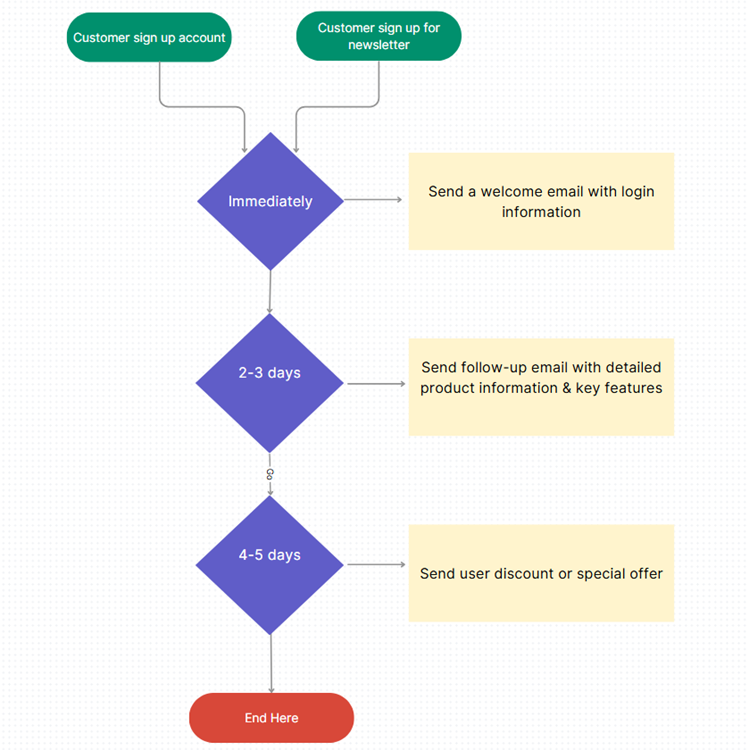
2. Discount email workflow automation
You can also employ a ‘discount’ email automation that triggers based on customer behaviors. For example, they’ve signed up but have yet to make a purchase. In this case, you can entice your customer by offering a discount or special offer to encourage conversions.
Here’s an example of how it could work:
1. Triggered by behavioral trigger (i.e. abandoned cart after browsing multiple products).
2. After 1 day, send a limited-time offer with a discount on your products/services.
3. After 3-5 days, send a reminder with a countdown timer of the discount’s expiry to promote urgency.
4. If purchased, send a post-purchase thank you email with potential future incentives.
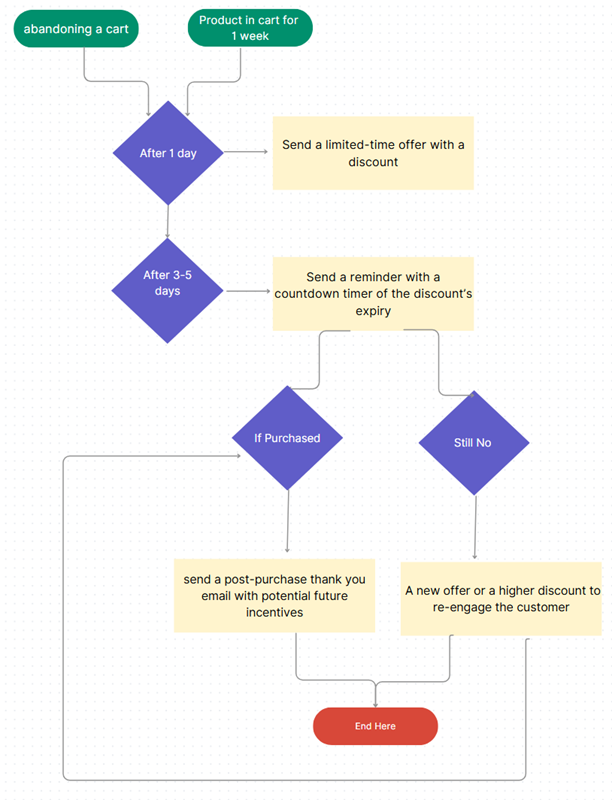
3. Lead nurturing email workflow automation
Lead nurturing workflow automation is designed to try and convert potential customers and guide them through your sales funnel by providing valuable content to build trust and showcase expertise.
For example, you may provide detailed guides on topics on your blog and provide technical guides for free. After downloading the guide, you can follow up with additional content like this:
1. Triggered by the user downloading a guide from your site.
2. After 2-3 days, follow up with an informational video/blog post on the topic.
3. After 7 days, an invitation to a company event/industry webinar.
4. After two weeks, send a personalized sales consultation invite to close the deal.
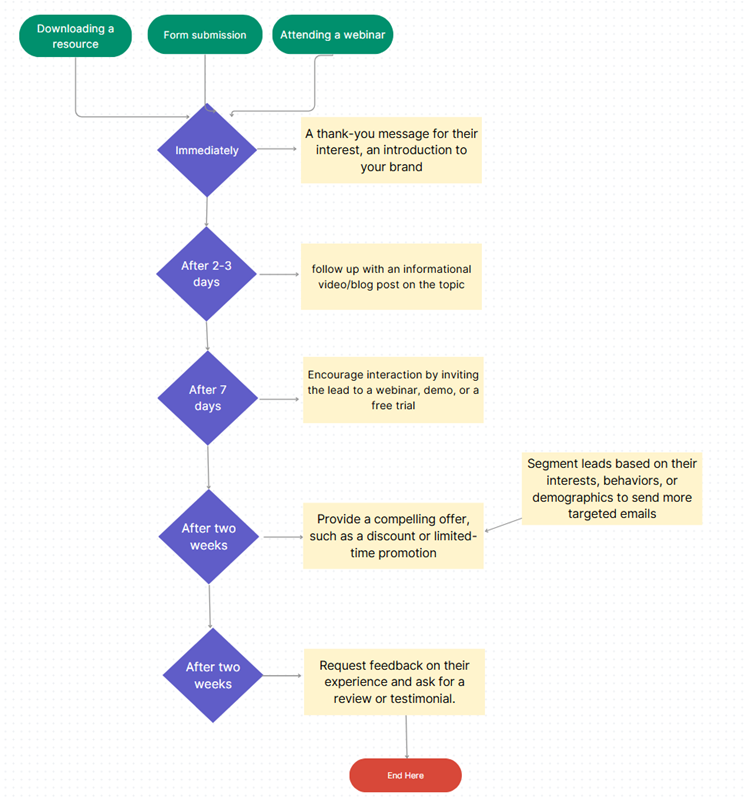
4. Customer Birthday Email Workflow automation
For most account sign-ups, you’ll require a field to include their birthday. While this is mainly used for age verification, it can also be used as a way to build customer loyalty and engagement with your business.
Here’s an example of a birthday workflow you could try:
1. On the customer’s birthday, send a personalized greeting and birthday wish email.
2. Day of the customer’s birthday, send a follow-up email with a special birthday discount code.
3. After 2 days, send a personalized list of recommended products based on past purchases/interest.
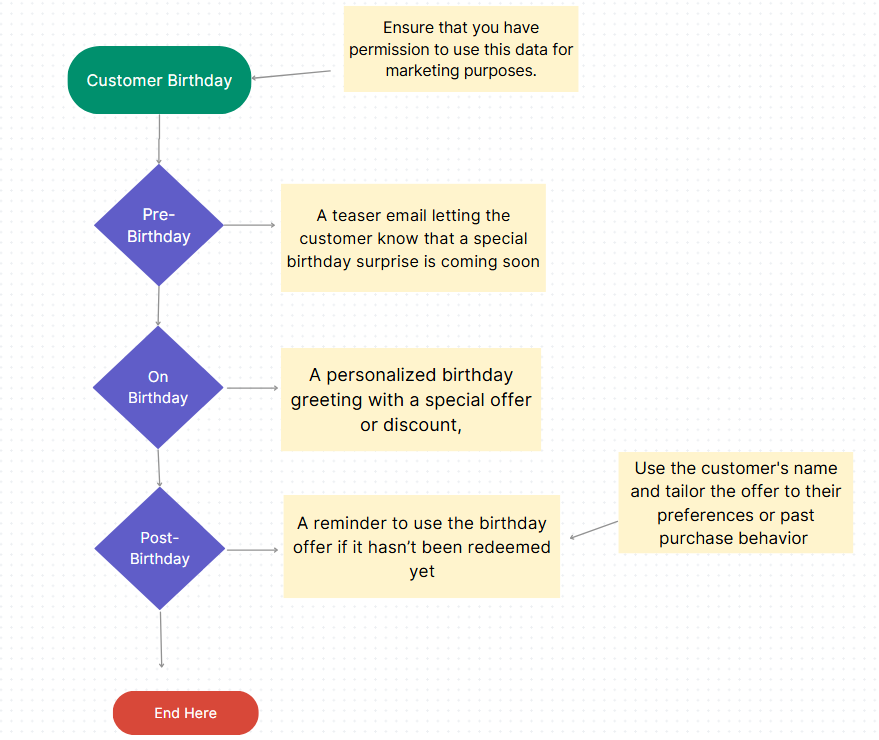
4: Who Needs Automated Email Workflow
Customer Support Teams
79% of businesses consider automation to be important in their customer experience strategy. Customer support teams can benefit immensely from email workflow automation. For example, with automation, the teams can send follow-up emails after support tickets, trigger after-sale satisfaction surveys, or provide extra relevant resources for any issues that your customer raises.
This also speeds up your response times and reduces the manual workload for your team all while maintaining consistent communication standards to improve the overall customer support experience.
Marketing Teams
75% of marketing departments utilize email marketing automation workflow. Marketing teams can leverage email workflow automation to help create intricate, data-driven strategies that enable precise lead scoring, and advanced segmentation, while providing personalized content delivery to individual customers.
Marketing teams can also avail advanced metrics on campaign performance in real-time which automatically trigger relevant communications. In turn, this helps marketing teams nurture leads more effectively while implementing targeted cross-selling and upselling strategies to improve the efficiency of your marketing funnel.
Event Organizers
For businesses that organize events, email workflow automation can be crucial for managing complex event communications.
This can span from even before the event begins during the registration process, after which automated workflows can send attendees confirmation emails, provide relevant event details, timely reminders, and collect post-event feedback.
5: Why Use Automated Email Workflow
Customer Retention
Automated workflows help you maintain a consistent communication standard that can make your customers feel valued by sending timely and personalized content & updates. This improves customer loyalty since they feel reassured they can reach out to your business with any problems and get a prompt and informative response.
Lead Nurturing
Automated workflows can help optimize your lead-gen processes by automatically qualifying potential leads and creating a systemic sales funnel by providing relevant information at crucial stages of the customer journey, increasing conversion rates.
Improved Engagement
Automated and personalized emails that trigger based on customer behavior have proven to have higher open and click-through rates, making for a more effective messaging vehicle with noticeably higher engagement.
Efficiency
With a proper automated workflow for your emails, you reduce the amount of manual work your employees have to handle. This also minimizes the risk of human error when communicating with your customers and allows your teams to focus on more strategic tasks that require their creativity and human input.
6: Summary
And that’s pretty much everything you need to know about email workflow automation and hopefully, you now have a better idea of what it can do to revolutionize your business’s day-to-day operations.
It will take some time before you properly optimize the efficiency of your email automation but we can assure you that your business is better off with a system in place.







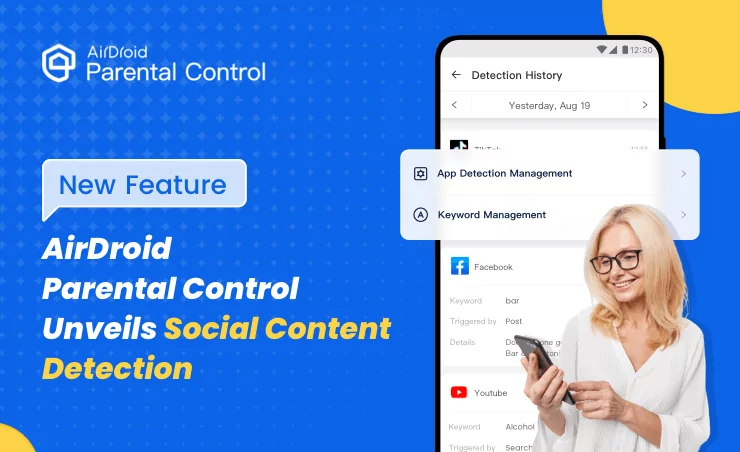
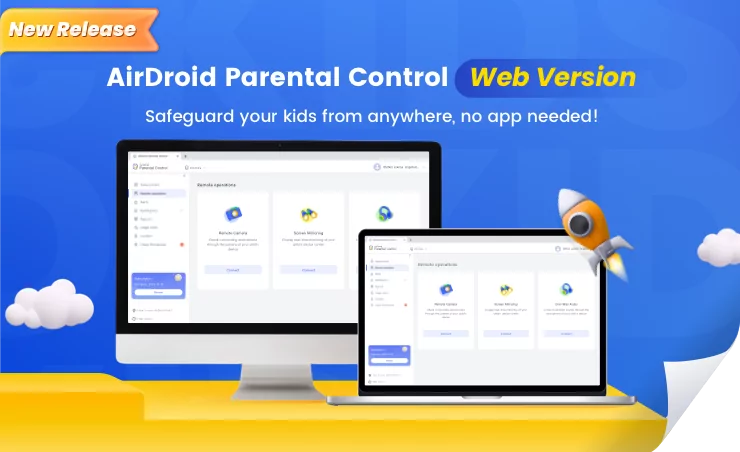
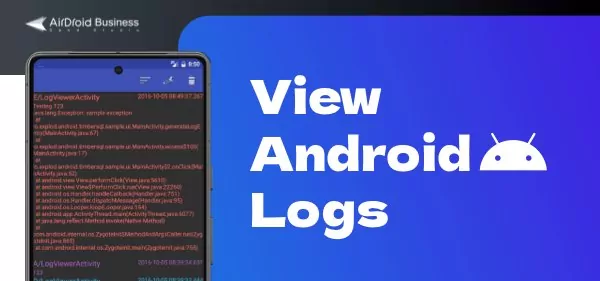
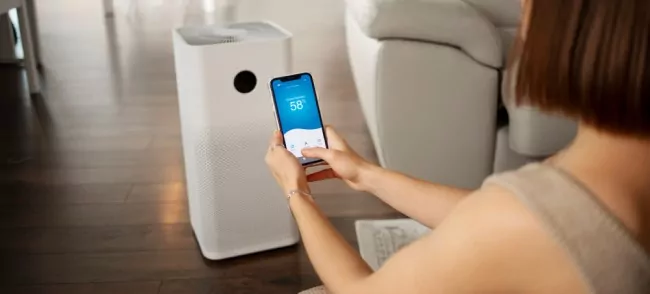
Leave a Reply.